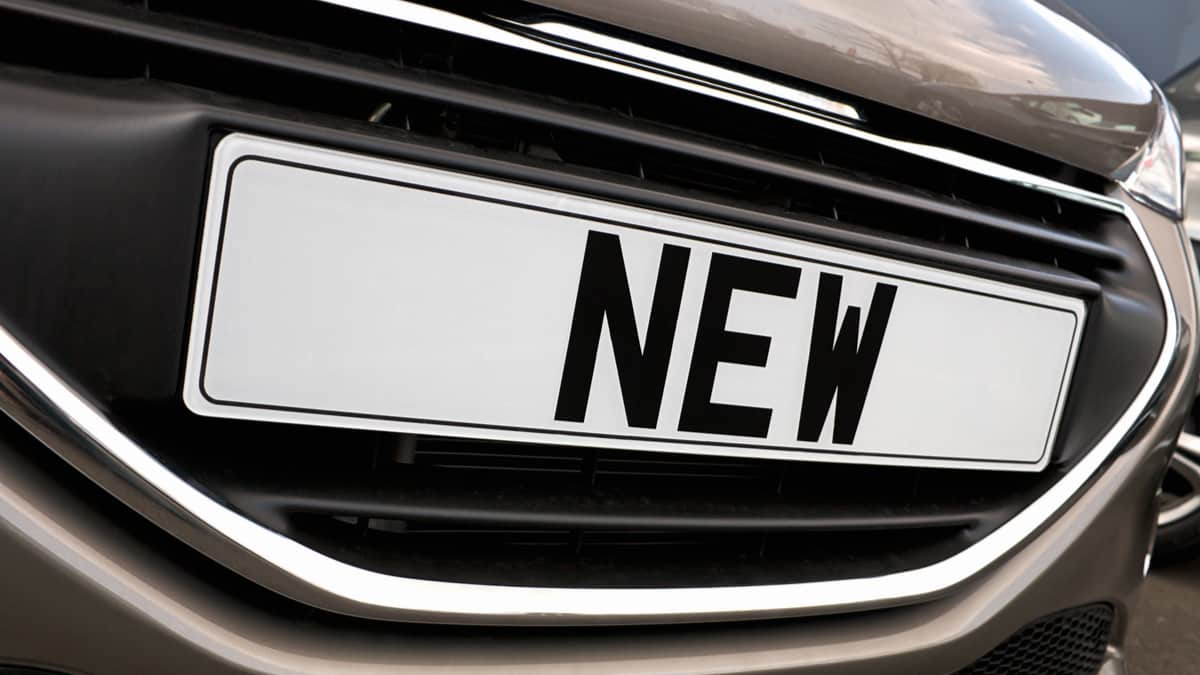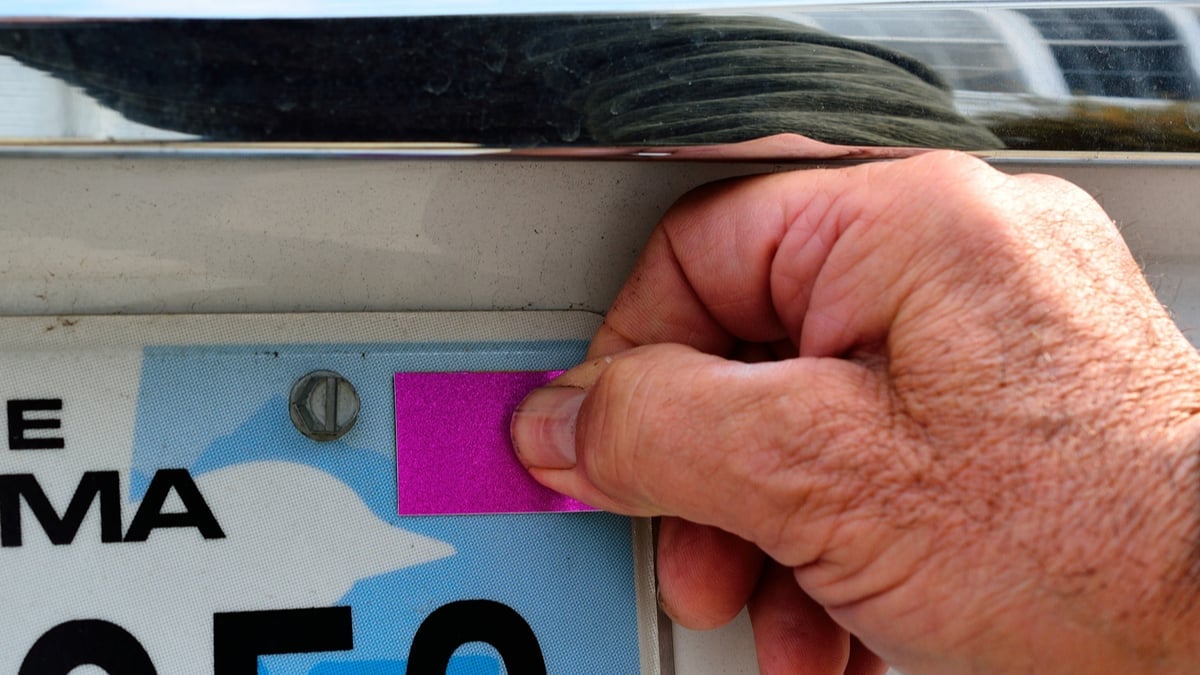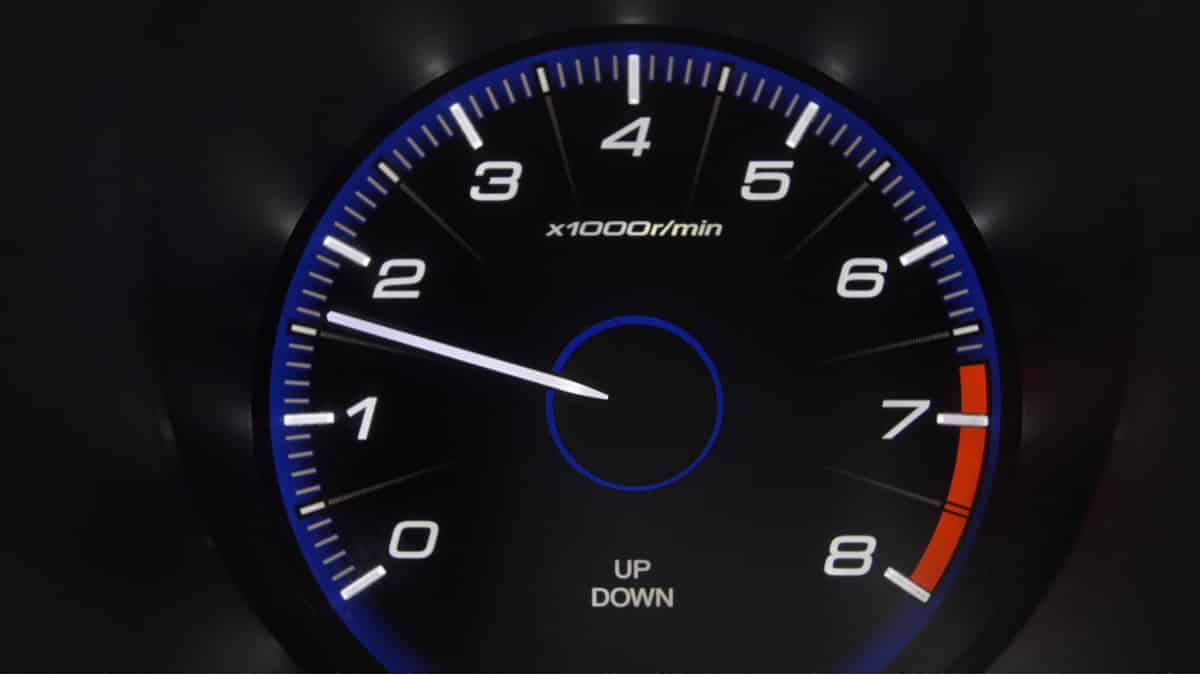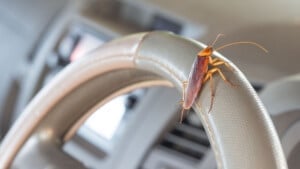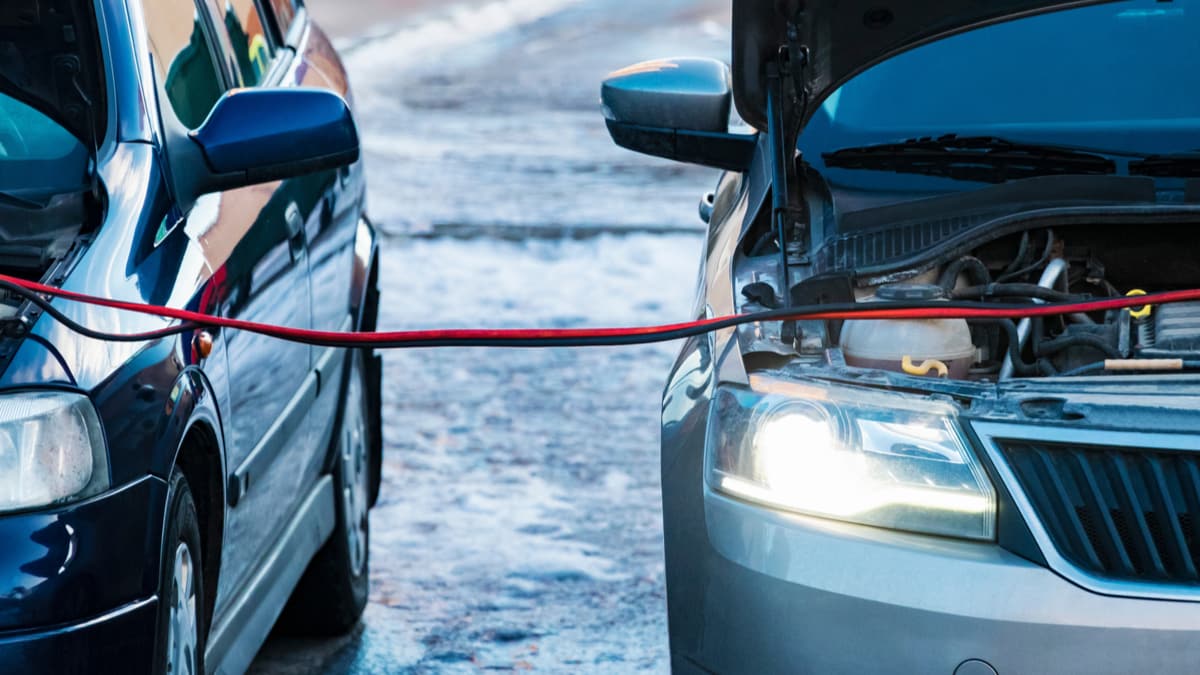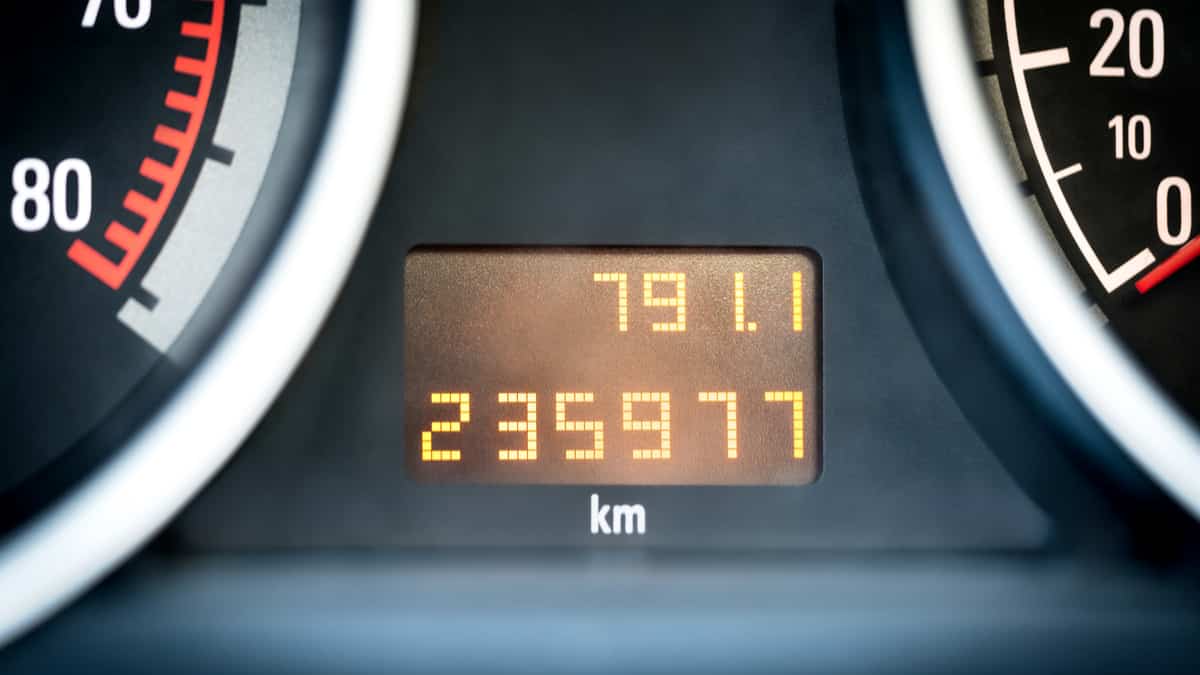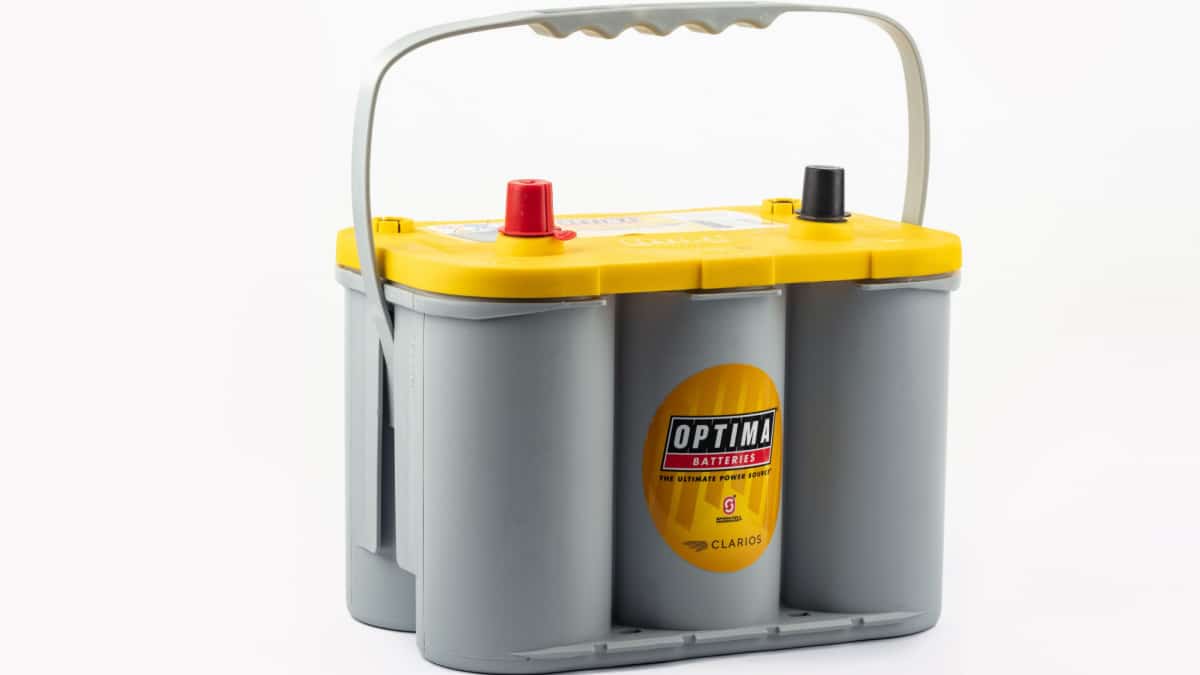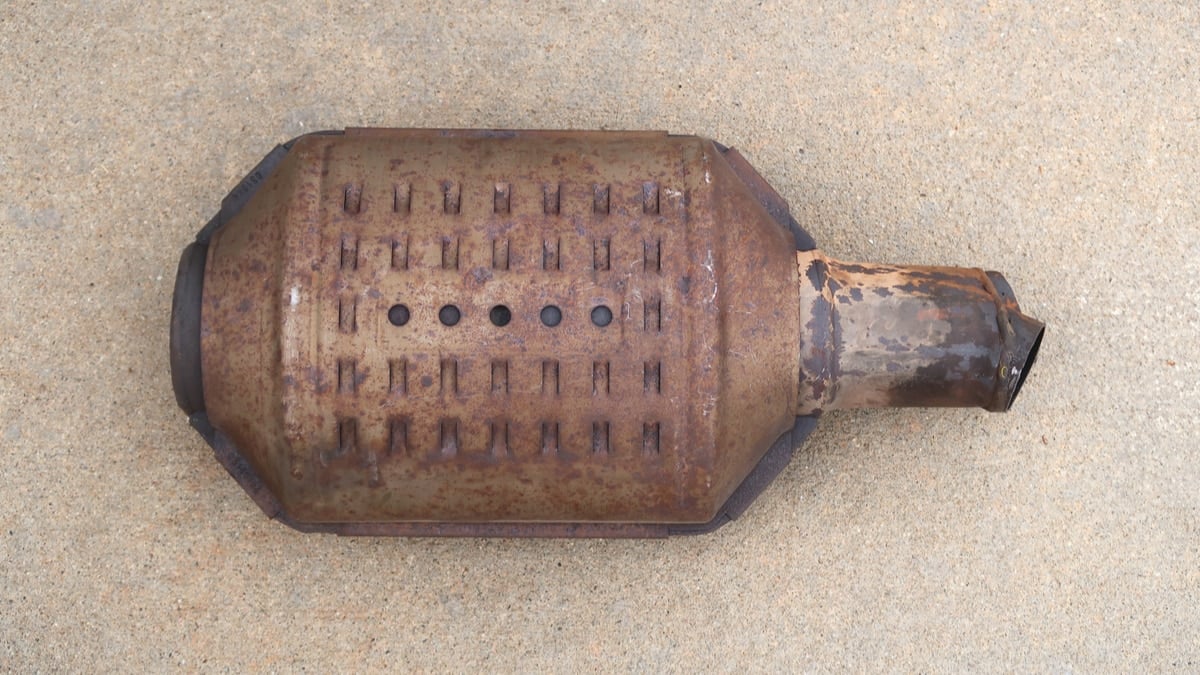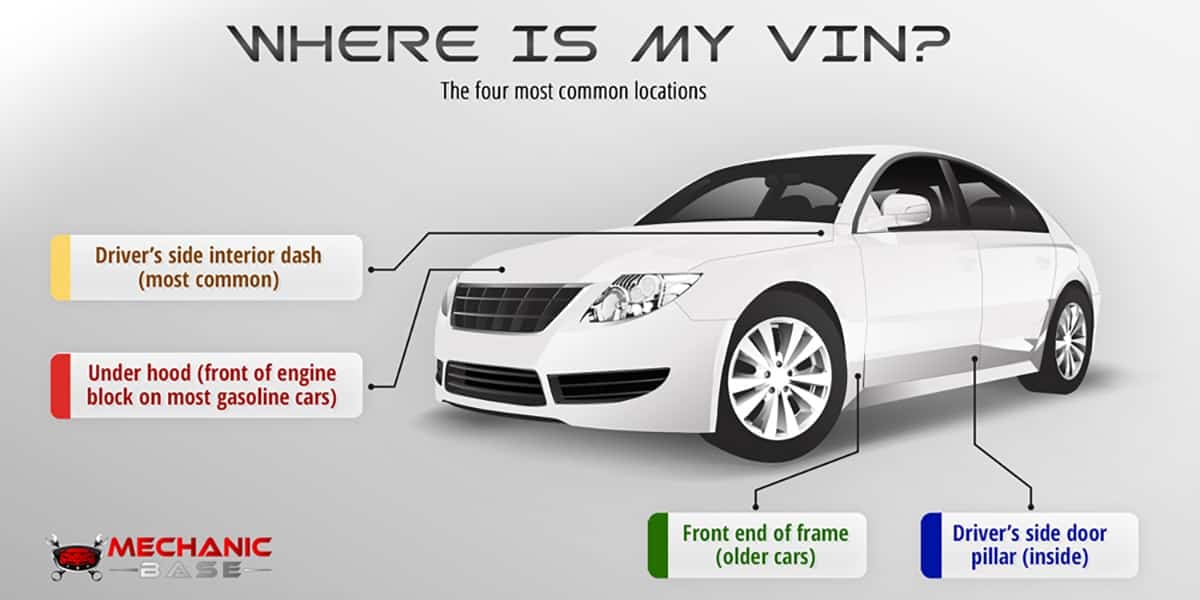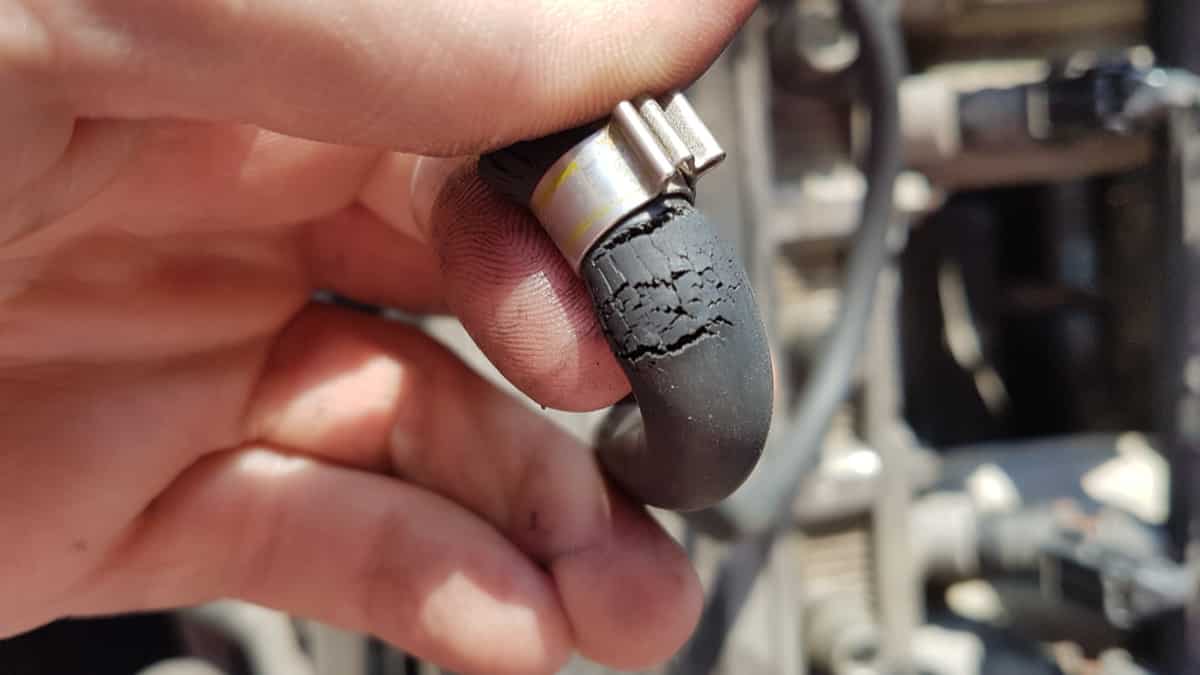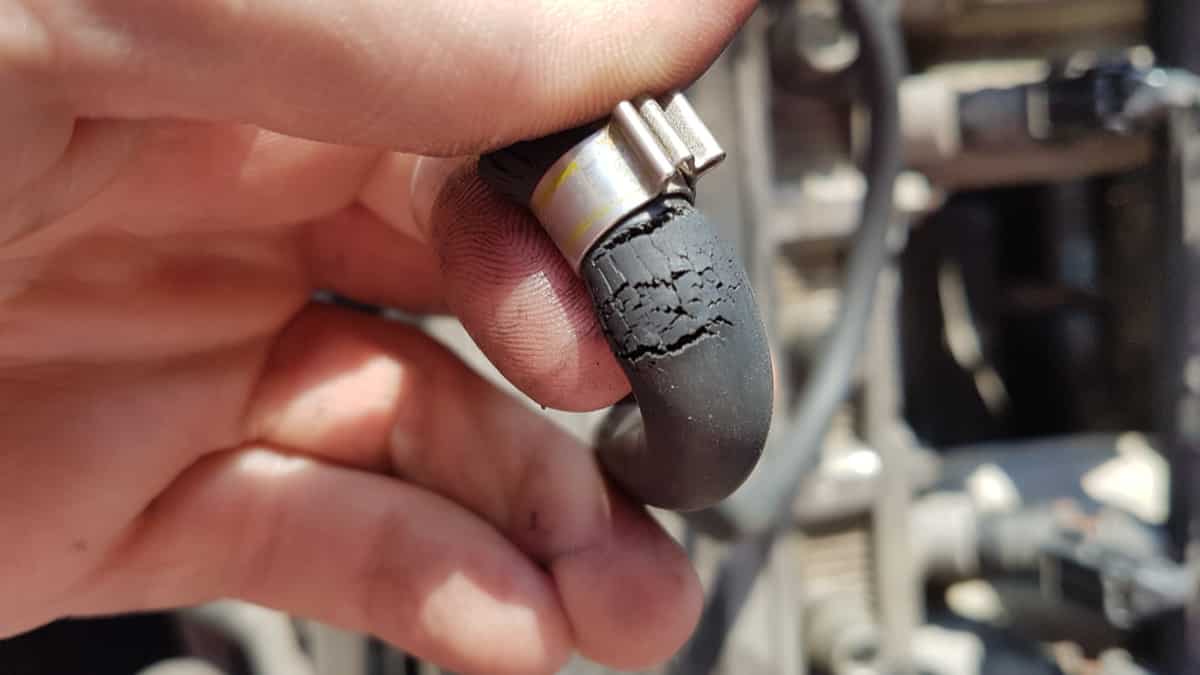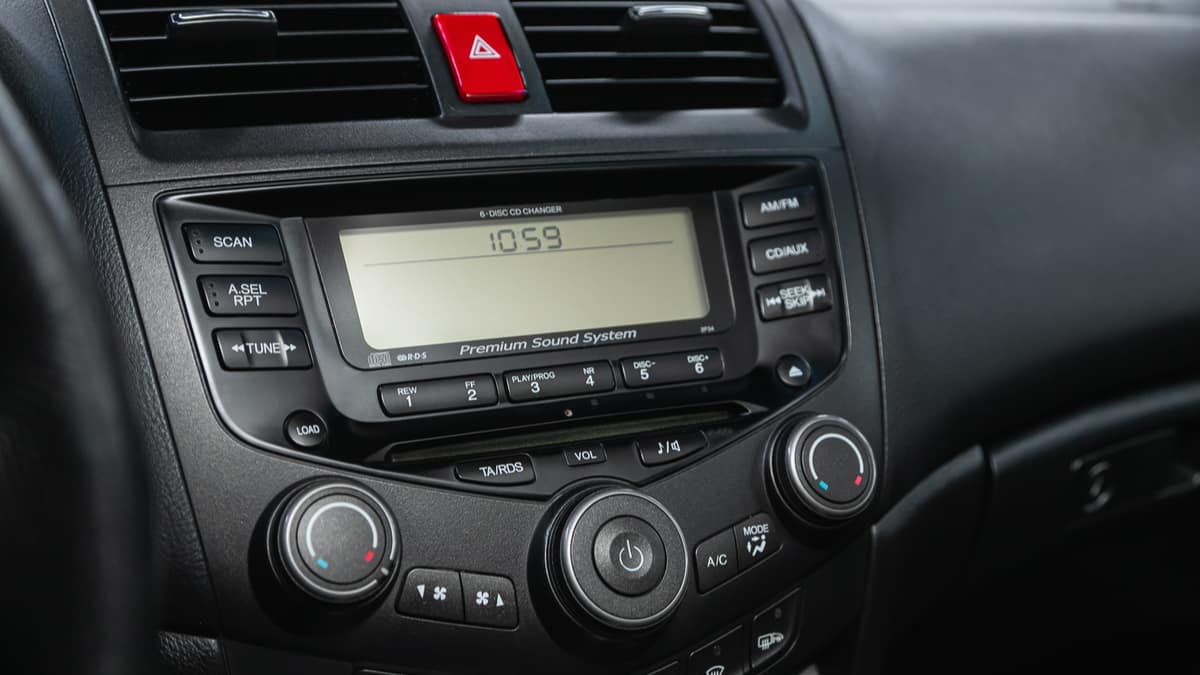When you own a car, there are a lot of numbers to think about. You have the vehicle identification number (VIN), which is one of the most recognizable, but what is the vehicle registration number, and where can you find it?
In this guide, I dive deeper into the meaning of a vehicle registration number. I will also outline all of the places you can find it, and show you how to get a new one when you purchase a car.
What is the Vehicle Registration Number?
The vehicle registration number is the same thing as your license plate number. It’s a unique combination of letters and numbers that identifies cars and other motor vehicles. It’s basically your car’s fingerprint.
This combination can be assigned at random, or you can custom-choose what is displayed, so long as no one else is using it. The vehicle registration number is not the same as the vin number or chassis number, and will not be chosen by the manufacturer directly.
The term vanity plate is used to describe the one that is chosen by you. These can also be referred to as custom car tags, specialty plates, or personalized license plates. Once you choose a combination of letters and numbers, no one else can use it again.
Each state handles vehicle registration numbers differently, and they often include letters as state identifiers. To get the plate number, you must have the car registered after purchasing it. However, you can keep the same plate even if you let the registration expire – though it won’t be legal to drive.
Where to Find Your Vehicle Registration Number?
The vehicle registration number is what’s found on the license plate. You can find this by looking at the license plate. Otherwise, the number can be found on the vehicle registration certificate, certificate of title, or on your car insurance paperwork.
Here are the different places where you can find the vehicle registration number:
1. License Plate
The fastest way to find the vehicle registration number is to take a peek at the car’s license plate. The license plate number and vehicle registration number are one and the same.
However, the vehicle must be in your possession to find this number. If you want to know the license plate when it’s not at your home, you can take a picture in advance or write it down somewhere. Otherwise, you will have to move on to one of the other options.
2. Vehicle Registration Certificate
If your car is not in your immediate possession, you can find it on the registration documents. Your state will give you the vehicle registration certificate when you first register the car. This is the same time that you receive the license plate, with the two combinations of letters and numbers corresponding with one another.
When you first receive the vehicle registration certificate, you may want to make a copy and put one in a safe. You could also copy it onto your computer for a digital record. This way, you can get to the information from anywhere, even if you aren’t with your car.
On the certificate, you look for words such as “Registration Number,” “Plate Number,” or “License Plate Number,” depending on what state you live in. All of these show you the license plate or the vehicle registration number. It should be listed somewhere near the top of your paperwork, where it is easy to read.
3. Certificate of Title
If you don’t own the vehicle, you won’t be able to register it. To do this, you will need the Certificate of Title that is given to you when you purchase the vehicle. This document is proof of ownership.
On the title, you might also be able to find the license plate number. However, the license plate can be changed after the issuance of this document, so keep in mind that the title will be incorrect if that happens. Plus, every state provides a different type of title, so the location of the registration number might differ.
4. Car Insurance Paperwork/Cards
When you get the car registered, you must also have car insurance. Otherwise, you can’t legally drive on the road.
To get car insurance, you will need to provide the information about the car, including the license plate number. This information will now be listed on your insurance account. If you need to find it, you could look online at your account, examine the paperwork that the company provided, or examine the insurance cards.
How to Get a New Vehicle Registration Number
1. Visit State DMV
The fastest way to get license plates after purchasing a car is to visit your state’s DMV office. You can find the nearest location by searching online.
Some states require appointments before you arrive, so make sure you check the details before going. Additionally, you could wait in line for a while, so take something with you to do. To save yourself another trip, make sure you have everything requested, including all of the documentation and the appropriate payment method.
RELATED: How Much Does It Cost to Register a Car in Florida?
2. Register Online
If you don’t feel like driving to or waiting for your local DMV, you can accomplish the same task online. Simply visit the state’s DMV website online.
You can fill everything out from your home or office and scan in the appropriate paperwork. You will have to pay with a debit or credit card, which might incur an additional registration fee. Plus, you will have to wait to receive the license plate number in the mail, which can take a little time.
3. Mail in Registration
There’s also the option of mailing everything in if you don’t want to visit the DMV or go online. You might have to print off the paperwork or get it from your local office. Once you fill all of this out and you copy the appropriate documentation, you can put it in an envelope with the payment to use snail mail for your registration.
Again, this process is going to take some time – more than either of the other options. Not only does your mail need to get to the office, but your paperwork must also be processed, and the license plate needs to be mailed back out to you. If you choose to go this route, do it as soon as possible, so your temporary plate doesn’t expire before the permanent regular plates arrive.
Categories: Market
